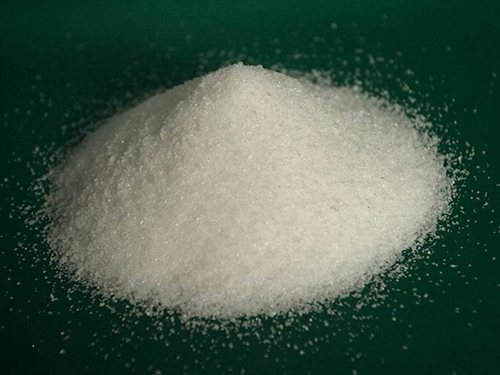diethylenetriamine pentamethylene phosphonic acid
The Versatility of Diethylene Triamine Pentamethylene Phosphonic Acid in Modern Applications
Diethylene Triamine Pentamethylene Phosphonic Acid (DTPMPA) is a complex organic compound that has garnered significant attention for its various applications across numerous fields, including water treatment, agriculture, and chemical synthesis. With its unique molecular structure consisting of both amine and phosphonic acid groups, DTPMPA exhibits remarkable properties that make it an ideal candidate for several industrial applications as well as potential environmental benefits.
Chemical Structure and Properties
The chemical formula of DTPMPA is C8H20N3O5P, and it belongs to a class of compounds known as phosphonates. The presence of multiple functional groups in its structure contributes to its effectiveness as a chelating agent, capable of binding with metal ions. This property is particularly useful in applications where the removal or remediation of heavy metals is required. The stable chelate complexes formed by DTPMPA are often resistant to degradation, providing long-lasting effects in various systems.
Water Treatment Applications
One of the primary applications of DTPMPA is in water treatment processes. It is widely utilized as a scale inhibitor in cooling water systems, boilers, and other industrial processes where calcium carbonate and other mineral scale deposits pose challenges. By effectively sequestering calcium and other metal ions, DTPMPA prevents the formation of scale, thus enhancing the efficiency of heat exchangers and reducing maintenance costs.
Moreover, DTPMPA also plays a crucial role in the stabilization of water quality. It can aid in preventing the corrosion of metal surfaces by forming protective layers that inhibit the aggressive actions of dissolved oxygen and other corrosive agents. This property not only improves the longevity of equipment but also enhances the overall efficiency of water systems.
Agricultural Uses
diethylenetriamine pentamethylene phosphonic acid

In agriculture, DTPMPA has emerged as a valuable tool for improving nutrient uptake in plants. By chelating essential micronutrients such as iron, zinc, and manganese, DTPMPA enhances their bioavailability to crops. This is particularly beneficial in soils where these nutrients are present in forms that are not readily absorbed by plants. The application of DTPMPA can lead to healthier crop growth and increased yields, making it an attractive option for sustainable farming practices.
Additionally, DTPMPA's ability to improve the efficacy of fertilizers by enhancing nutrient solubility means that less fertilizer can be applied, which can reduce environmental impacts associated with agricultural runoff. This aligns well with the global push towards sustainable agriculture, where reducing chemical inputs while maximizing output is a priority.
Chemical Synthesis
In chemical synthesis, DTPMPA serves as a versatile reagent and catalyst in various reactions. Its unique structure allows it to participate in numerous synthetic pathways, particularly in the formation of phosphonic acid derivatives. These derivatives have further applications in pharmaceuticals, agrochemicals, and specialty chemicals, showcasing the compound’s ability to bridge diverse chemical industries.
Environmental Considerations
The environmental impact of using DTPMPA cannot be overlooked. As a more environmentally friendly alternative to traditional phosphonates, DTPMPA is biodegradable under certain conditions. This characteristic is increasingly important as industries strive to minimize pollution and adhere to stricter environmental regulations. Furthermore, its effectiveness in heavy metal removal can provide an added layer of protection for aquatic ecosystems facing contamination challenges.
Conclusion
Diethylene Triamine Pentamethylene Phosphonic Acid represents a highly valuable compound with diverse applications that span across water treatment, agriculture, and chemical industries. Its unique chemical properties, including strong chelation abilities and environmental compatibility, position it as an essential material in the quest for sustainable practices. As research continues to explore and enhance the functionalities of DTPMPA, its significance in advancing modern technologies and improving environmental conditions is likely to grow. The future of DTPMPA looks promising, with its potential applications paving the way for innovative solutions to some of today's pressing challenges.
-
Water Treatment with Flocculant Water TreatmentNewsJun.12,2025
-
Polymaleic AnhydrideNewsJun.12,2025
-
Polyaspartic AcidNewsJun.12,2025
-
Enhance Industrial Processes with IsothiazolinonesNewsJun.12,2025
-
Enhance Industrial Processes with PBTCA SolutionsNewsJun.12,2025
-
Dodecyldimethylbenzylammonium Chloride SolutionsNewsJun.12,2025





